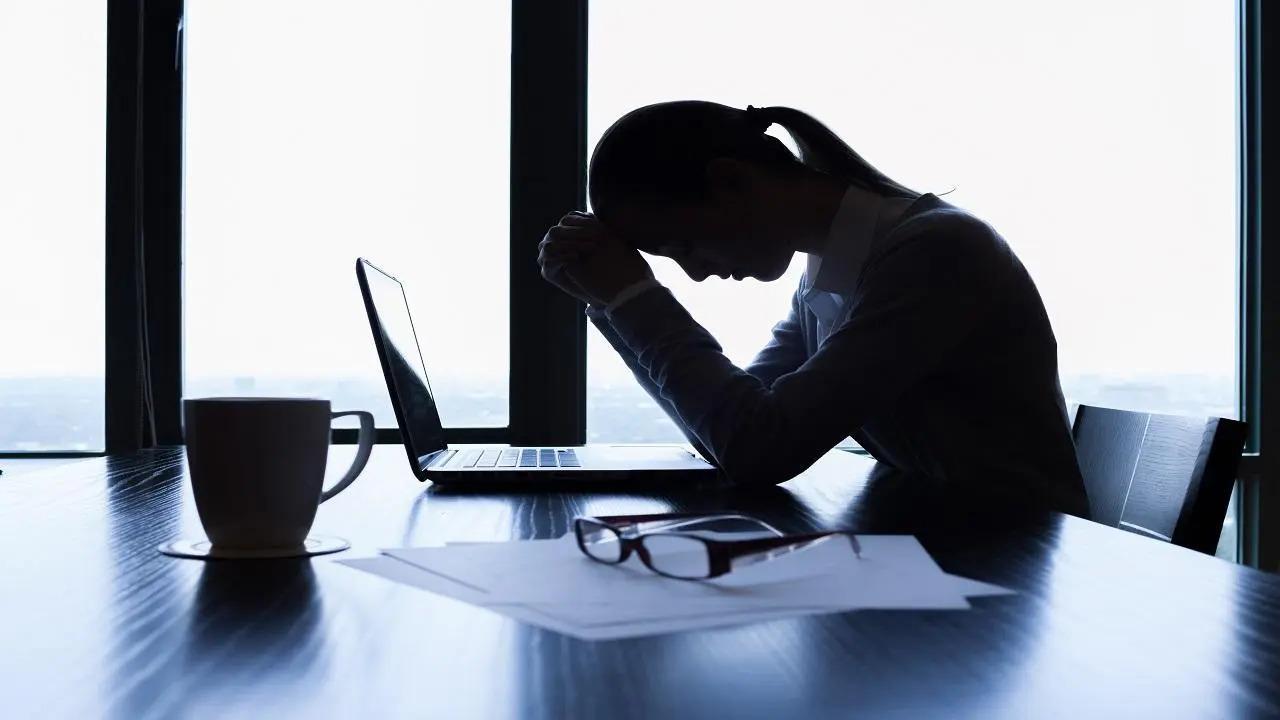
Headaches can be experienced by people at different times of the day and in varying intensity. It is especially common at the end of a long or stressful day. While sometimes a headache can occur as a result of stress, at other times, it can signal a deeper issue.
Mechanism of headaches
The cause and impact of a headache often depends on its timing, which is guided by several factors. Dr Aakash Agrawal, Consultant Neurophysician, Manipal Hospital, Bhubaneswar, informs, “The timing of a headache is mostly guided by our internal clock, or circadian rhythm, and managed by the supra-chiasmatic nucleus in our brain. This is a shared rhythm that dictates when that kind of headache is most likely to happen.”
“Tension-type headaches (TTH), for instance, tend to occur later in the day or evening, while migraines peak in the early morning. Another type, called cluster headaches, can be extraordinarily painful and usually strike around midnight during a headache bout, much like hypnic headaches that subsequently wake patients from sleep. These patterns are associated with the person’s circadian rhythm, similar to the timing of heart attacks or strokes,” he further explains.
While the timing of a headache can signal its cause, it doesn’t always tell you how bad it is.
“Headaches related to increased intracranial pressure (e.g., from tumors) tend to occur upon waking or at night. In contrast, low-pressure headaches, like those from a cerebrospinal fluid (CSF) leak, tend to get worse as the day goes on. Primary headaches, including migraines, can be affected by your lifestyle and may present later in the day, depending on the issue that triggers the problem, such as an afternoon nap or coffee in the evening,” states Dr Agrawal.
Headache after a long day
Several factors can cause headaches towards the end of the day.
Dr Amrut S D, Associate Consultant Neurology, Manipal Hospital, Goa, explains, “They may be caused by stress, lack of water intake, excessive straining of the eyes or slouching. Tension headaches are the most common type of headaches arising from neck and scalp muscle contraction due to prolonged working and screen time.”
Should one be concerned?
One needs to consult a neurologist when headaches are associated with certain symptoms and signs. Doctors take several factors into consideration to properly diagnose and treat certain headache types.
“The red flags like headaches associated with vomiting, blurring vision, impaired awareness, fever and double vision need urgent evaluation. Headaches in elderly patients (above 65 years of age), one-sided severe headaches, associated with loss of speech, weakness or balance issues many need urgent imaging,” says Dr Amrut.
Prevention and management
A headache without red flags can be managed using a combined approach. “Medications can be used for acute pain relief. However, drinking plenty of water, avoiding screen time, having regular meals, cutting extra sugar, salt, caffeine and getting good sleep with healthy lifestyle practices like morning walks for at least 30 minutes, meditation, yoga and breathing exercises can help,” advises Dr Amrut.
Disclaimer: This is for informational purposes only and does not replace professional medical advice. Kindly consult a qualified medical expert for personalised guidance.
